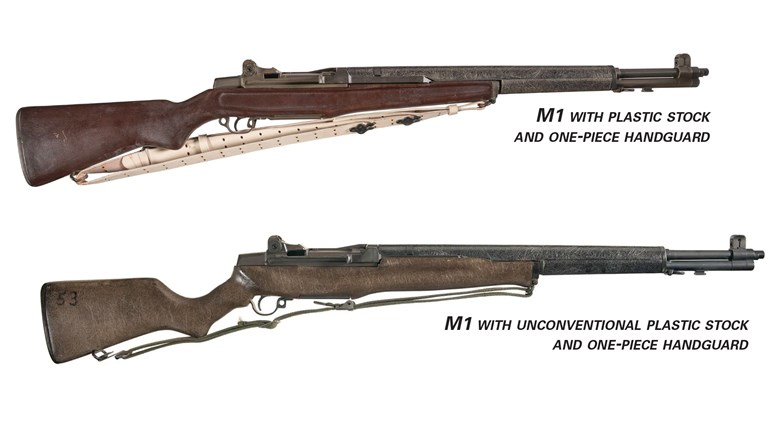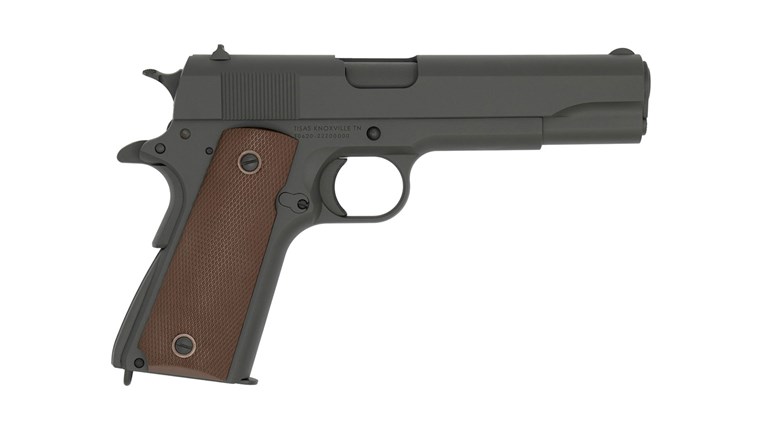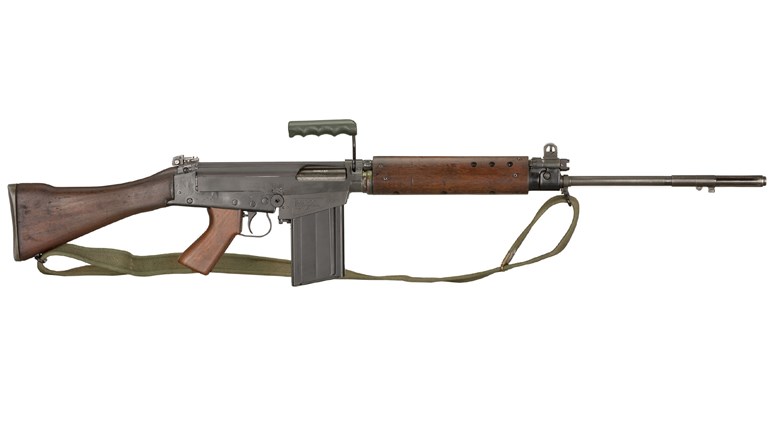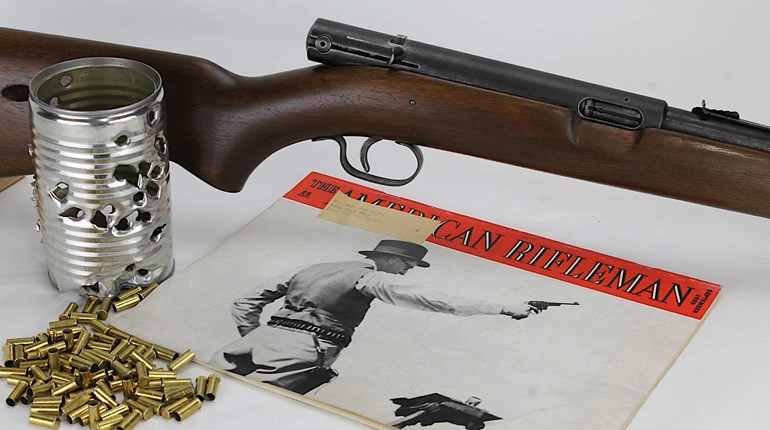
Back in the early 1930s, the Imperial Japanese Army conducted a series of tests of two promising semi-automatic rifles: John Pedersen’s toggle-delayed-blowback rifle, and Emanuel Holek’s gas-operated ZH-29. But when the American and the Czech guns presented design shortcomings during these trials, the program was canceled. The year was 1936, and the war in China was beginning to escalate. The exigencies of the national mobilization that followed were such that the government simply could not justify the adoption of an expensive and complicated semi-auto rifle, and so the simple and inexpensive Type 38 bolt-action would have to do—and it was doing an adequate job at best.
Really, only one deficiency plagued the Type 38, and that was the 6.5x50 mm Arisaka cartridge it was chambered to fire—it just was not powerful enough. Japan therefore elected to invest its resources in developing a new bolt-action rifle and light machine gun chambered for the harder-hitting 7.7x58 mm cartridge rather than tackling the expense of developing a semi-auto service rifle. At the time, the conservative decision to stick with a battle-proven, bolt-action made practical sense: Japanese ground-combat units were facing Chinese forces and they fought with the Mauser. Japan did not imagine itself involved in a protracted, multi-front war of attrition with a nation using a semi-automatic rifle, but after Dec. 7, 1941, that is precisely what it got.

By 1944, the Imperial Japanese Navy had learned some lessons about firepower. In battle after battle, U.S. Army and eventually Marine Corps units demonstrated the clear advantage that a semi-auto rifle offered a fighting force. From the Philippines to New Guinea, from the Solomon Islands to the Gilberts, Japanese naval infantrymen opposed Americans using one of the finest bolt-action rifles of World War II: the Type 99 in 7.7 mm. For all its positive attributes, though, the Type 99 just could not produce a volume of fire comparable to the semi-automatic rifle they confronted in combat, and that disadvantage needed to be resolved quickly.
The Americans were clawing their way closer and closer to the home islands and soon they would be at the empire’s doorstep. In an effort to enhance the firepower of its Rikusentai Marine paratroopers ahead of the battles that would inevitably take place in defense of the homeland, the Imperial Navy resurrected the semi-automatic rifle program during the closing months of 1943. But the rifle the Navy ended up with departed dramatically from the designs the Imperial Army had evaluated a decade earlier. Rather than moving forward by developing an entirely new design, they simply turned to the legendary John C. Garand.

At first, the Japanese attempted to convert captured M1 rifles to fire 7.7 mm, but that effort ended in frustration when the cartridge proved incompatible with the Garand’s en bloc clip feed system. Undeterred by this setback, the Yokosuka Naval Arsenal reverse-engineered a version of the gas port M1 rifle modified to feed from a fixed/integral magazine with a 10-round capacity. Though it might sound simple, reverse engineering is not that easy and it often presents greater challenges than original design development. Nevertheless the effort produced a firearm visually resembling Garand’s masterpiece.
Like the M1, it uses a safety selector in the trigger guard, a two-lug rotating bolt, an operating rod that reciprocates beneath the axis of the barrel, and a nearly identical receiver. The Japanese version also uses a removable gas cylinder that is equipped with a bayonet lug that accommodates mounting the Type 30 sword bayonet. Disassembly is also similar to the Garand in so far as it begins by rotating the trigger guard downward, which in turn allows the removal of the rifle’s trigger group in its entirety.
Aside from a handful of visual and mechanical similarities, the Japanese Garand differs from the U.S. Garand in several critical ways. First of all, it has a toe-strengthened mahogany split stock with grasping grooves and side-mounted sling swivels like the Type 99. There are top and bottom strengthening tangs on the stock’s pistol grip as well as a metal buttplate, also just like the Type 99. The Japanese version’s 23-inch barrel is an inch shorter than the American version and a clip guide on the receiver allows for charging the magazine using a pair of five-round stripper clips.
In addition, the Japanese Garand features a sighting system that differs significantly from the U.S. M1 rifle. Its front sight is a wing-protected inverted “V” and the rear sight consists of an elevation adjustable tangent leaf with graduations from 100 to 1,200 meters, and screw adjustment for windage. By the time initial design development ended, the Imperial Navy had a promising semi-automatic service rifle that was ready for production. It is estimated that Yokosuka assembled just 125 examples before war’s end, making it extraordinarily rare.

But, the Japanese Garand was not officially standardized, which is why surviving examples are not marked with a model number, a serial number or the Imperial Chrysanthemum. Since production began in 1944, the year 2604 on the Japanese imperial calendar, it is typically referred to as the Type 4 rifle, although some sources will refer to it as the Type 5. In it, Japan finally had a semi-automatic rifle, albeit one never evaluated in the field. In all likelihood, combat conditions would probably have revealed the Type 4/Type 5 to be not entirely battle ready and in need of further design development.
Despite that, when Japan embraced John Garand’s masterpiece they skipped its awkward “gas trap” phase and started with the “gas-port” version already proven in combat. In that way, they were positioned to benefit from a more-streamlined development cycle that might have delivered a battle-ready semi-auto to its Rikusentai in time to see combat. But, that never came to pass, not that it would have affected the outcome of the war. Nevertheless, it is tempting to imagine the Garand pitted in battle against itself, isn’t it?





































